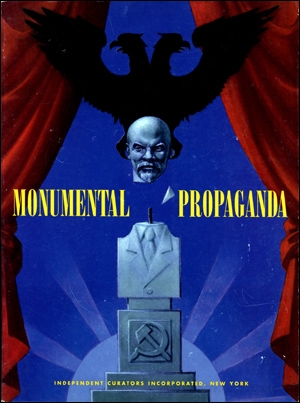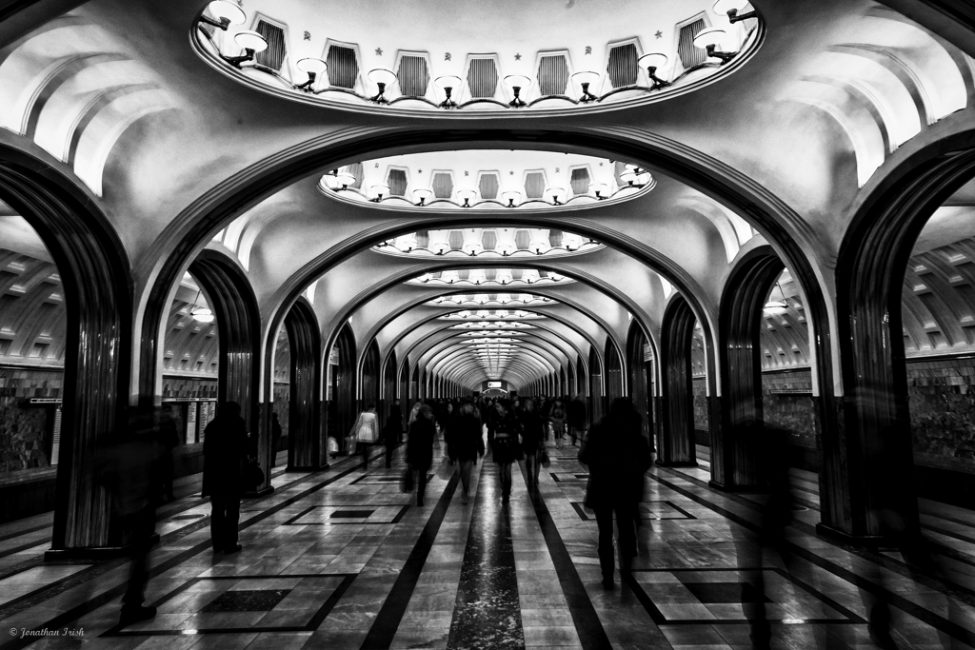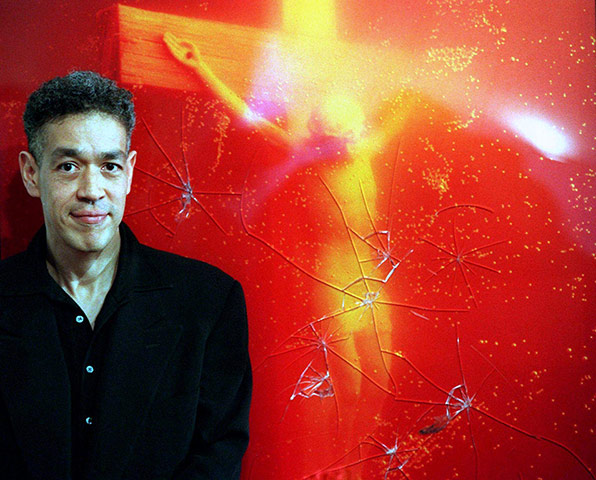
(google images)
In Mark Edele’s article, “Paper Soldiers”, he argues that “wartime iconography was characterized by strongly polyvalent symbols which were open to many different “readings.” After initial failures to make posters relevant to frontline soldiers, artists soon learned to employ powerful and adaptable symbols. Their ability to learn was greater than before the war, because a consider- able decentralization had brought them closer to their public. The growing polyphony helped to forge the necessary solidarity – possibly without real consensus: A soldier was free to choose from various possible interpretations of what was at stake in the war, and he (or she) could imagine to be part of a particular community of values – one out of many constructed by the posters” (Edele, 90). From Edele’s thesis, it is clear that Soviet wartime posters had a significant influence on effecting the persuasion of the Soviet public on emotion, nationalism, and patriotism, in term of the war effort.
From these war posters, the Soviet regime was able to effectively portray its wartime aspirations as victorious and noble in three main dimensions: the front, the homefront, and behind the front (98). Soviet wartime posters often times tried to portray its images in a way that showed women and children being raped or murdered if Soviet men did not step up and join the Red Army. By drawing on this nationalism to protect Mother Russia, Soviet wartime posters effectively got men to join the ranks. As we talked about it class, another way that Soviet wartime posters capitalized on nationalism was through the use of socialist realism, in that the posters portrayed the Soviet military as regimented, organized, well equipped, and powerful.
This couldn’t be further from the truth, as actual conditions on the front line of the war were horrid and unevenly matched in terms of military capabilities. Thus, this form of socialist realism wasn’t necessarily as effective in getting the Soviet men to join the Red Army, as many citizens saw through the idealism and knew the real truth; the Red Army was ill-equipped, under-manned, and poorly led into the war. Perhaps the most effective usage of the Soviet wartime posters was through the utilization of religious connotations within the posters, as the author emphasizes in his conclusion, “The many religious connotations in posters were surely not accidental. Two-thirds of the men in the Red Army were called up from the still deeply religious and anti-Soviet countryside” (104). Thus, it is clear that Soviet state used commissioned artists to create posters that capitalized on the religious background of the people.
In conclusion, Soviet wartime posters were useful means of mass propaganda, as production was cheap and the posters had the ability to appeal to multiple dimensions of the “consumers” through the trifecta of sensory application: most importantly the visual application of the poster, second the large slogan on the poster, and thirdly the background text/description of the poster. Through this trifecta, multiple classes of the people were addressed from the illiterate to the scholars, in order to mobilize the entire country to help out the war effort.










